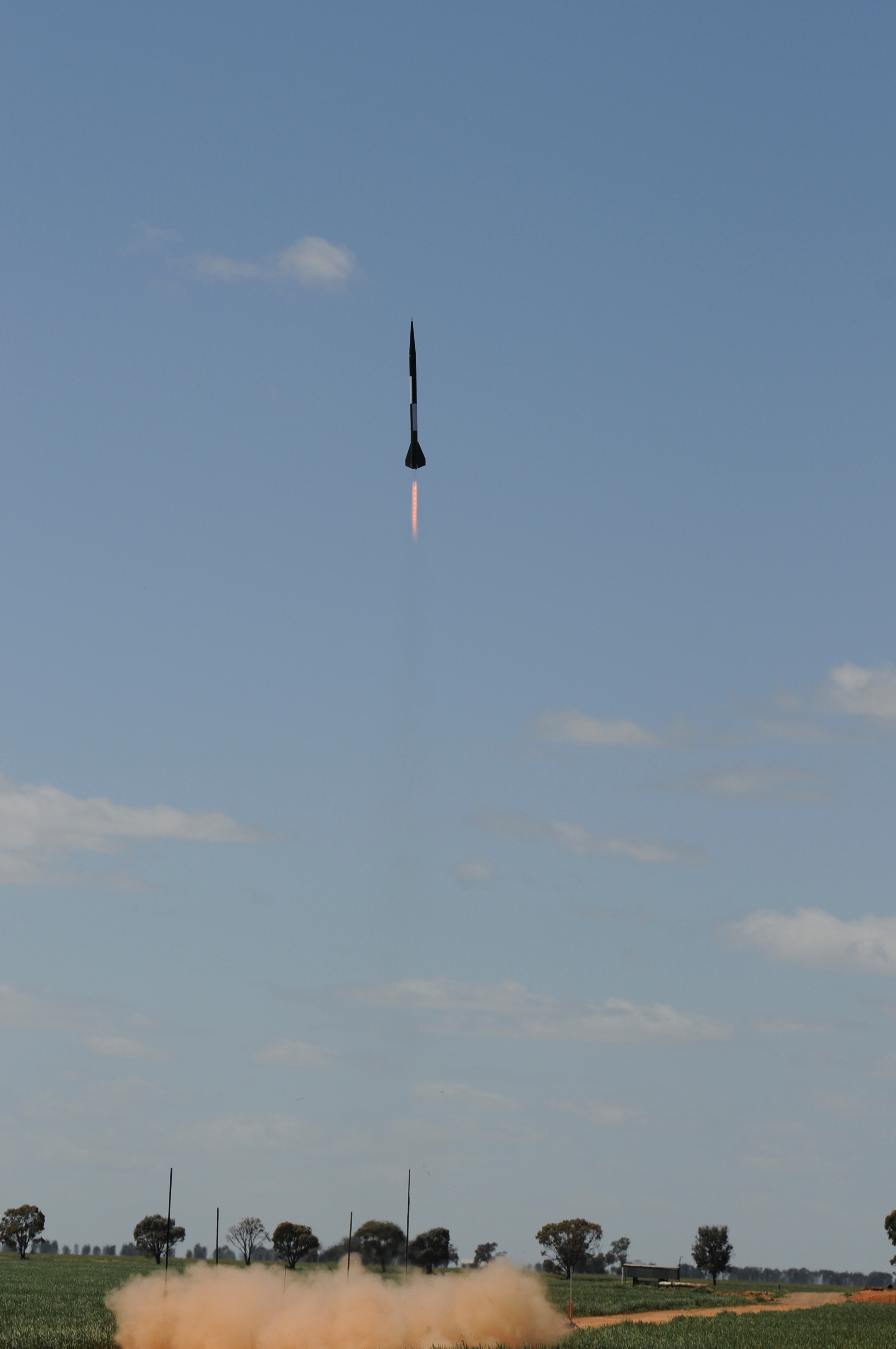The fact that ADN is two orders of magnitude--- literally a hundred times!--more expensive than AP means that ADN use is unlikely to be practical within my lifetime, apart from a few possible specialized applications in military ordinance. Doubt that it would be found to be practical within the lifetime of anyone reading this.
Stability of ADN and its mixtures is a serious impediment. The combination of price + problems means that both fundamental and applied research on ADN will continue to be skimpy. Don't look for barrels of cheap surplus ADN for the amateur community until later. Until much, much later. As in 'ever'.
[This all sounds vaguely familiar: hark back to studies of nitronium perchlorate in the 60s. Oboy, the Isp vs. AP!!.... well, yes, there are a few minor problems. NO2ClO4 was found to decompose without any outside help, even when highly purified. It decomposes more rapidly in the presence of other substances: catalysts, fuels(!!), and its own decomposition products(!!!). With moisture you get nitric and perchloric acids, the presence of which most people would find highly unimpressive ("Please work downwind from me. About a mile. Maybe three.") And so on.]
problems. NO2ClO4 was found to decompose without any outside help, even when highly purified. It decomposes more rapidly in the presence of other substances: catalysts, fuels(!!), and its own decomposition products(!!!). With moisture you get nitric and perchloric acids, the presence of which most people would find highly unimpressive ("Please work downwind from me. About a mile. Maybe three.") And so on.]
[NO2ClO4 was abandoned and is now of academic interest only.]
Stability of ADN and its mixtures is a serious impediment. The combination of price + problems means that both fundamental and applied research on ADN will continue to be skimpy. Don't look for barrels of cheap surplus ADN for the amateur community until later. Until much, much later. As in 'ever'.
[This all sounds vaguely familiar: hark back to studies of nitronium perchlorate in the 60s. Oboy, the Isp vs. AP!!.... well, yes, there are a few minor
[NO2ClO4 was abandoned and is now of academic interest only.]




